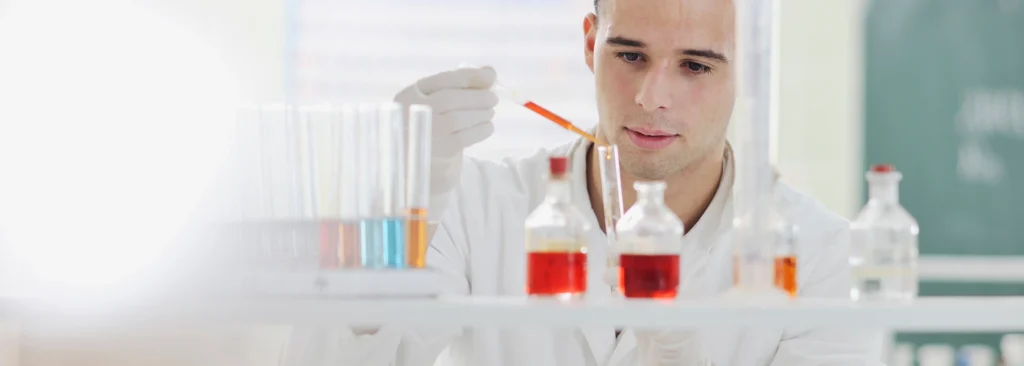How to Get Creative with STEM-Focused Passions
Do I have to participate in STEM Olympiads? Should I have a research internship? I need a wow factor independent project, right? How do I find my thing?

Do I have to participate in STEM Olympiads? Should I have a research internship? I need a wow factor independent project, right? How do I find my thing?

As the sun sets on the summer and we enter another academic year, seniors are less than a year away from the induction into adulthood and independence that awaits after high school graduation. Before that new journey begins, seniors must contend with graduation requirements and post-high school plans.

While we are not supposed to have favorite applicants in the admissions process, I will fill you in on my little secret; my favorite applicants to read at Johns Hopkins University were often the Biomedical Engineering (BME) applicants. I loved learning about their innovative solutions to the problems overwhelming healthcare. These students are always so creative, passionate, and excited about making their impact in the world through engineering.

While many families are aware that the college application process is comprehensive and multi-faceted, far fewer anticipate a similar process for admission to K-12 independent and boarding schools. Although there are significant differences, many younger students will still need to complete testing, interview, and submit an application for middle and high school admissions.

We’ve all been there: staring at an “impossible” problem on the ACT or SAT, unsure how we will ever solve this test troll’s riddle and make it safely to the other side of the bridge. Worse, you’re absolutely positive that getting this question right is the difference between your goal score and the one that’ll have you miss the cut for your ideal college. All is lost, right? Far from it. Here are three easily repeatable steps to take if you ever find yourself in this position.

Peruse the academic offerings on any university’s website, and you’ll encounter everything from the more “traditional” psychology, math, business, and English majors to several intriguing potential majors like neuroscience, Slavic, and Eurasian Studies, public policy, astrobiology, and data science. Suffice to say that one of the most exciting aspects of pursuing a college degree is that you finally get to focus on an academic area that genuinely intrigues you and ignites your curiosity.

Your personal statement for medical school is simply an opportunity for you to convey to an admissions reviewer: Why medicine? Remember, medicine is a helping career, and you will want to communicate what is unique about being a physician that you feel that you cannot find the same satisfaction in other helping professions such as a teacher, firefighter, minister, or counselor.

Medical schools are composed of many different types of students. Some, like me, didn’t know they wanted to become physicians or surgeons until they were in college, or even quite a bit later in their lives. (See this awesome list of post-baccalaureate programs for more details.) Others knew from an early age that their future was in medicine, and like the goddess Athena, they sprung forth as a fully formed premed with a four-color highlighter grasped tightly in their tiny baby hands.

Most U.S. colleges and universities use a holistic review method when reviewing applicants for admission, considering various aspects of a student’s academic and personal record. This includes the tangibles, like a student’s four-year transcript, test scores, recommendation letters, and essays.

The transcript is one of the most powerful documents provided in the application process and is often one of the first components of the college application that evaluators consider. A student’s GPA, found on a transcript, can be regarded as a significant indicator of success in post-secondary education and therefore has an essential role when considering applicants.